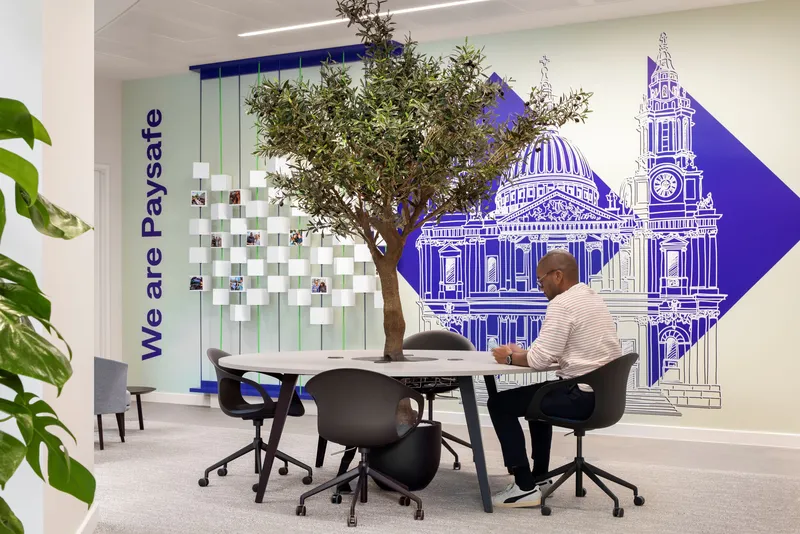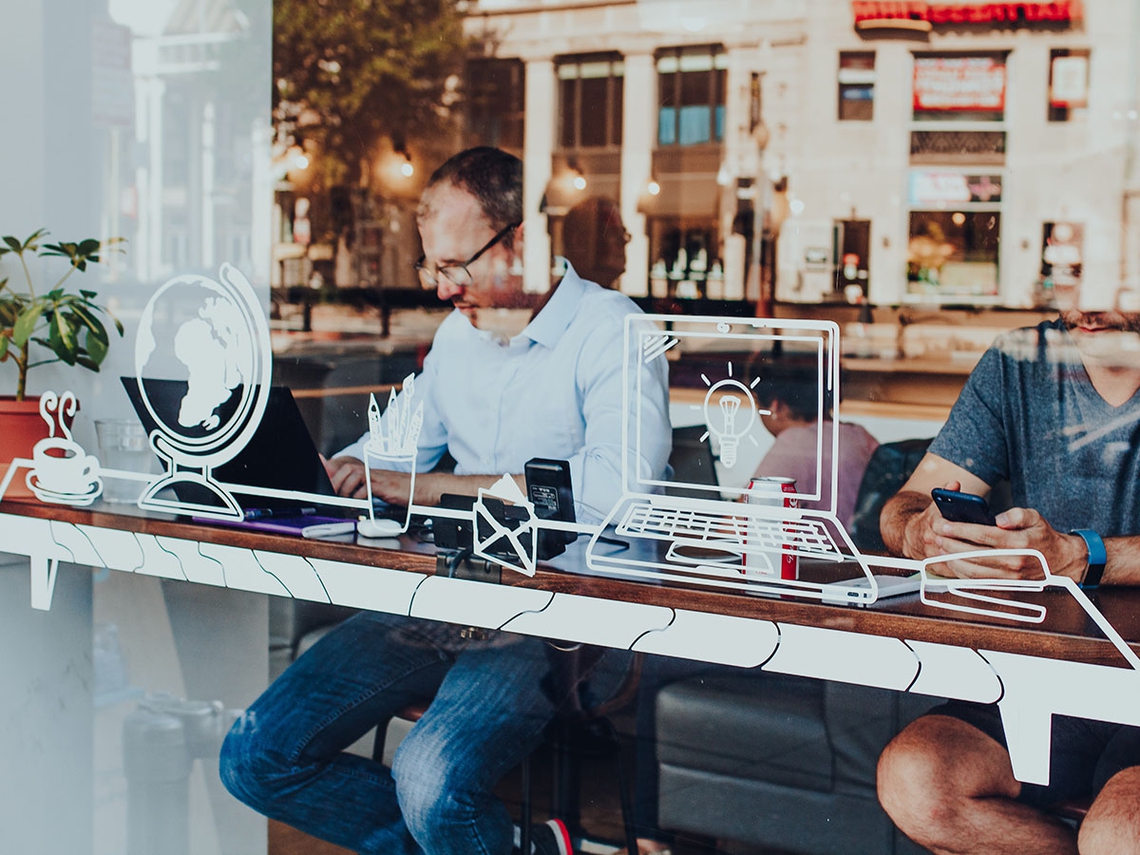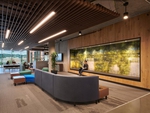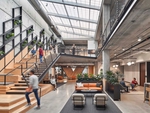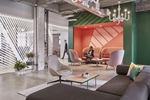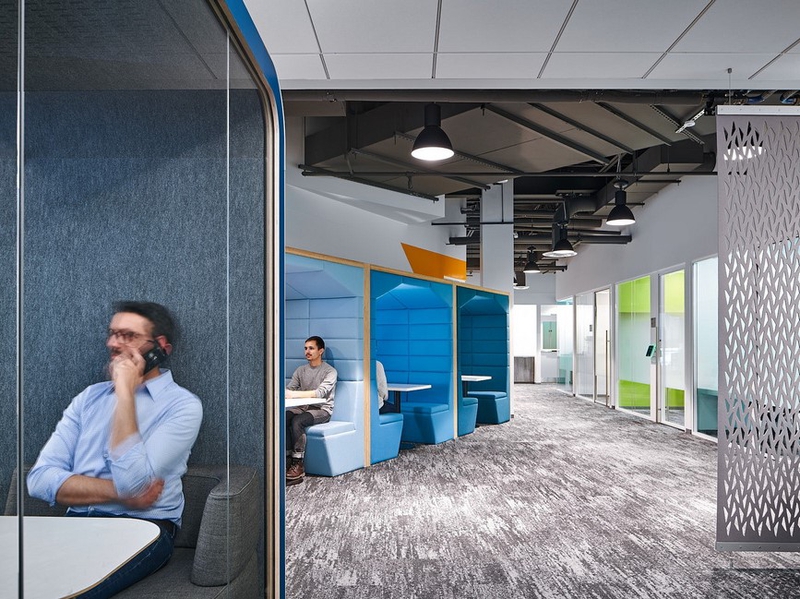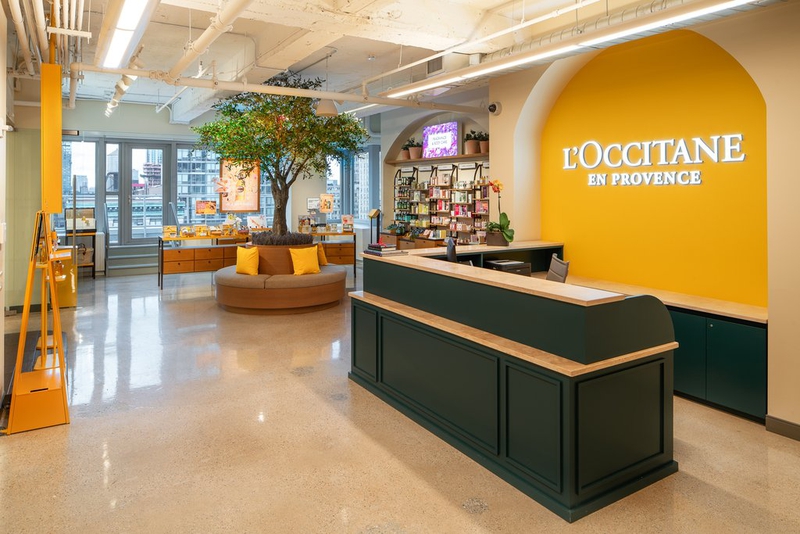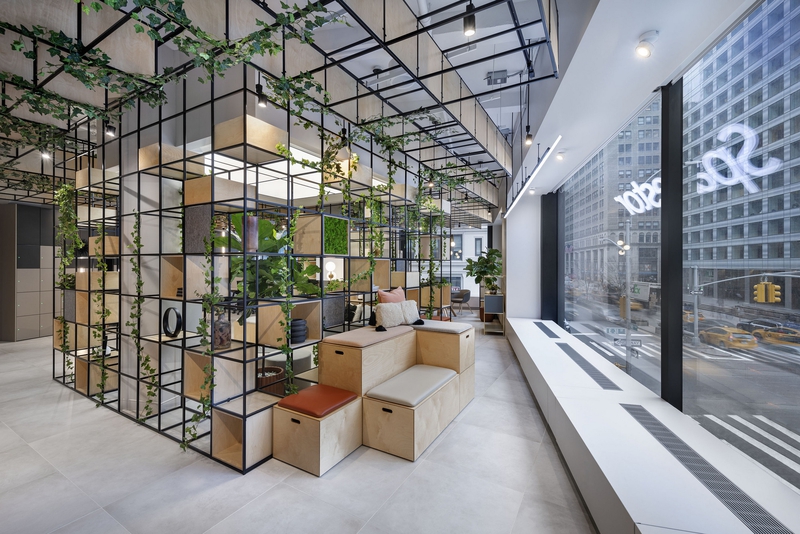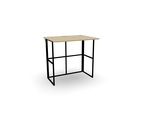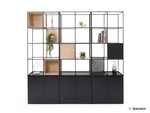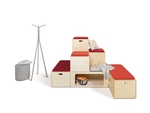16 juillet 2020
Tendances du secteur
Many regions are seeing a gradual easing of COVID-19 restrictions. As we slowly climb out of lockdown, more and more people will return to work. Whilst this will be carefully managed with efforts focused on de-densification of the workplace environment, it will not be a return to our previous state. Instead, we will be transitioning into a new environment. An environment that practices new strategies, assimilating new protocols and integrating experimental technologies. Alongside this, the home environment will continue to play a key part of the work experience. The interim period between now and when we reach through to vaccination will be a period of experimentation; a time in which we settle for a more permanent work state for the future based on our learnings during COVID-19. We see this imminent era of the workplace as a hybrid reality; the workplace and the home working together so the average worker would say they ‘work from both’.

Our home working experience has taught us many lessons; not only about the home as a workplace, but also about the workplace itself. Its social and cultural dimension has been sorely missed. The digital presence of colleagues has not proved to act as a satisfactory substitute to physical face-to-face interaction, which has been a mutual feeling acknowledged universally. Although every organisation has made it possible through being forced into 100% remote working overnight, virtual collaboration is an imperfect solution, and as humans we have a dire need to connect and interact socially. In a recent blog we explored the topic of loneliness and the science behind the popular preference of physical presence: as James Coan, neuroscientist at the University of Virginia, explained “virtually all of us prefer a live person rather than a remote person. It’s a biological principle called the economy of action. The brain wants to do something at the lowest cost possible, and being with others lowers the cost of almost everything it does.” So people will return to experience an enriched human connection, better facilitating effective collaborative work, creativity and innovation. As Ben Tranel, principal and regional leader in Gensler’s Office Buildings-Developer practice, said in a recent article: “I think many of the fundamentals of office culture will survive ...The social benefits of working together and the sharing of ideas that generates innovation are evergreen concepts.”

Whilst we’ve missed the people in our WFH experience, the home environment has many benefits, most of which are largely dependent on every individual’s unique circumstances, however everyone has adapted to a daily routine with the absence of the commute; saving time, money and unnecessary stress. During this extended period of remote working, our eyes have been opened to the capabilities of technology and how it can support and provide for the majority of work functions. People would have discovered which parts of their ‘normal’ role are executed best in their home environment and are likely to want to carry forward this experience into the future.

We’re envisioning a hybrid reality in the next phase of the workplace where there’s a merging and blurring of the elements of home and work in each physical place. Based on the experience of the past few months, there will be aspects of WFH that people want to retain in their future work experience. We see this as a normalizing of the ‘work from both’ concept. Employers will have to take an interest in the care and wellbeing of their people outside of the physical workplace; the home office will become an additional corporate responsibility. As workplaces start to reopen and people partially return, collaboration and teamwork will have to adopt a hybrid arrangement to accommodate a blend of virtual and in-person engagement. It will be critical to ensure meetings that take place through these varying mediums give everyone an equal opportunity to be heard. The traditional workplace, before we exited it, was hardly optimised for virtual attendance so this next period will be a phase of experimentation where there will be many tests and trials to secure the best technology platform that seamlessly integrates virtual participation.

Looking beyond this imminent phase of the workplace, to the point where we reach a vaccination, the communal experience of WFH will have a lasting effect. Employers will have to build strategies for this new era with their people in mind. We are transitioning into a future where people will want to work from home much more frequently, having been given the opportunity to prove it works for them as an environment conducive to high levels of productivity. The home will be an integral part of the user experience going forward, and future workplace strategies will need to take responsibility for the quality of these environments. Up until now, people have made their living spaces work as best they can to provide for what may have originally seemed to be a temporary arrangement. However, people working from home are starting to transition from a ‘make do’ mindset to more of an ‘optimise’ mentality, viewing the home office as becoming a permanent reality for the future. With employers prioritising health and wellness more than ever, the provision of ergonomic, space-efficient and cost-effective furniture will be a key consideration in view of building an optimal experience for everyone.

There has been talk in recent months of companies moving to full-time WFH arrangements, however, removing the opportunities for interpersonal interactions hinders and restricts the development of culture and community within an organization. We believe that the companies who will survive this crisis most successfully will be those that embrace the lessons learnt from the home working experience, building on their original formulas for success with an attitude of flexibility and resilience. Entering this new phase of experimentation in a hybrid of multiple environments will also allow companies to discover the new tech models that will influence a new age of collaboration and communication.
Partager cet article




